The Impact of Tulip Dining Chair Design on Modern Furniture Development
 Apr 09,2025
Apr 09,2025

 Topmax Furniture
Topmax Furniture
The Tulip Dining Chair, created by the iconic designer Eero Saarinen in 1955, stands as a monumental symbol in the world of modernist furniture design. Characterized by its sleek, organic form and minimalistic structure, the chair has not only become a symbol of mid-century modernism but has also significantly influenced the trajectory of contemporary furniture design. By focusing on simplicity, functionality, and elegance, the Tulip Dining Chair introduced a new design language that continues to impact the way we approach furniture today.
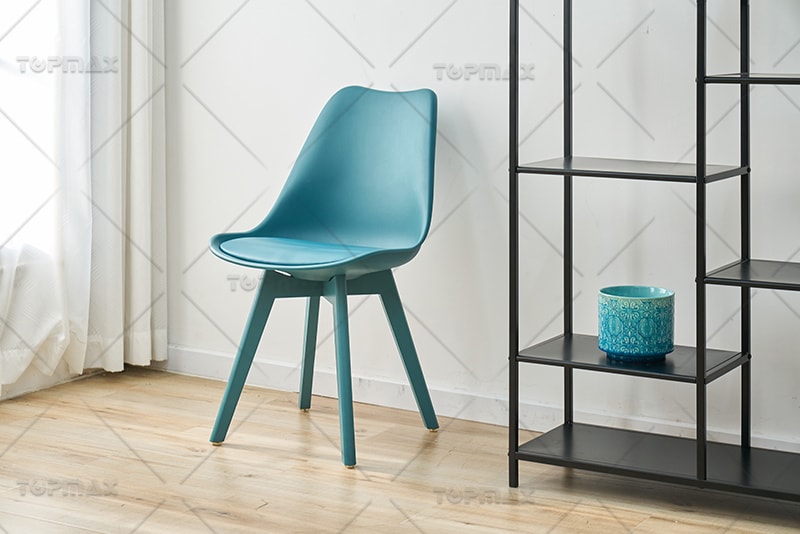
Design Language Revolution: From Ornamentation to Essentialism
The Tulip Chair's most profound impact lies in its role as a vanguard for the "less is more" philosophy. Pre-1950s furniture often featured heavy carvings, dark woods, and ornate details reflective of historical revivals. Saarinen's design rejected this maximalism, stripping away non-essential elements to reveal a pure, almost mathematical elegance. The blue fabric dining chairs' molded fiberglass seat and cast-aluminum base epitomized this shift, demonstrating how industrial materials could mimic organic forms while ensuring mass-producibility.
This aesthetic revolution influenced designers like Charles & Ray Eames, whose molded plywood chairs and lounge chairs adopted similar principles of reductive form. The Tulip Chair's legacy is evident in contemporary Scandinavian minimalism, where brands like Muuto and Hay channel its ethos through clean silhouettes and honest materiality. Even today, designers reference its "honest construction" approach—where structural elements double as decorative features—seen in pieces like Patricia Urquiola's fluid seating for B&B Italia.
Critically, the Tulip Chair proved that minimalism wasn't sterile but could evoke emotion through shape and proportion. Its curved silhouette, inspired by natural forms, introduced biomorphism into modern design, a thread later woven into works by Verner Panton and Karim Rashid. This fusion of organic and industrial became a cornerstone of postmodern and contemporary design, bridging the gap between nature and technology.
Functionality at the Forefront: The Tulip Dining Chair's Impact on Practical Design
Space - Saving Solutions
The tulip dining chair's single - pedestal base not only offered an aesthetic advantage but also provided practical benefits. In contrast to chairs with multiple legs, which could take up more floor space and create obstacles, the tulip chair's base allowed for greater legroom and easier movement around the dining table. This space - saving design was particularly appealing in urban environments, where living spaces were becoming increasingly compact.
As a result, many modern furniture designs have incorporated similar space - saving features. Bar stools with single - column bases, for instance, have become popular in small kitchens and bars, offering a sleek look while maximizing floor space. Additionally, the tulip chair's compact footprint has influenced the design of other blue fabric dining chairs, with many contemporary models featuring slender bases or legs to reduce their overall size.
Ergonomic Considerations
Saarinen did not sacrifice comfort for the sake of aesthetics when designing the tulip dining chair. The blue fabric dining chairs' contoured seat was carefully crafted to provide ergonomic support, conforming to the shape of the human body. This focus on ergonomics set a precedent for modern furniture design, emphasizing the importance of creating pieces that are not only visually appealing but also comfortable to use.
Today, ergonomics is a key consideration in furniture design across all categories. Office chairs, for example, are designed with adjustable features to ensure proper spinal alignment and reduce the risk of back pain. Even outdoor furniture, such as patio chairs, now often incorporates ergonomic design elements to enhance comfort during extended periods of use. The tulip dining chair's influence on ergonomic design has been far - reaching, shaping the way designers approach the creation of functional and comfortable furniture.

Cultural and Symbolic Significance: The Tulip Dining Chair as a Design Icon
Pop Culture and Media Representation
The tulip dining chair's iconic design has made it a frequent presence in popular culture. It has been featured in numerous films, television shows, and magazines, becoming a symbol of modern design and sophistication. Its appearance in movies set in contemporary or futuristic environments, for example, helps to establish a sense of style and modernity. This cultural exposure has not only increased the chair's popularity but also solidified its status as a design icon.
The tulip dining chair's influence on popular culture has, in turn, influenced consumer preferences. Many people are drawn to the blue fabric dining chairs' timeless design and its association with modernity, leading to a continued demand for both original and reproduction tulip chairs. This cultural significance has also inspired other designers to create furniture pieces that pay homage to the tulip chair's design, further spreading its influence.
Design Education and Inspiration
In the field of design education, the tulip dining chair is often studied as a classic example of modernist design. Its design principles, including simplicity, functionality, and the use of innovative materials, are used to teach students about the fundamentals of good design. By analyzing the tulip chair, students learn how to balance form and function, how to choose the right materials for a given design, and how to create a cohesive aesthetic.
The tulip dining chair's influence extends beyond the classroom, inspiring generations of designers to push the boundaries of traditional design. Its legacy serves as a reminder of the power of innovation and the importance of creating furniture that not only meets the needs of users but also enriches their lives through its beauty and functionality.
Continued Influence in Contemporary Design
Revivals and Reinterpretations
Even decades after its initial release, the tulip dining chair continues to inspire new designs. Many furniture manufacturers offer modern interpretations of the tulip chair, updating its design with contemporary materials and finishes. Some versions feature vibrant colors, while others incorporate new technologies, such as built - in charging ports or ergonomic adjustments. These revivals and reinterpretations demonstrate the enduring appeal of the tulip chair's design and its ability to adapt to changing tastes and technologies.
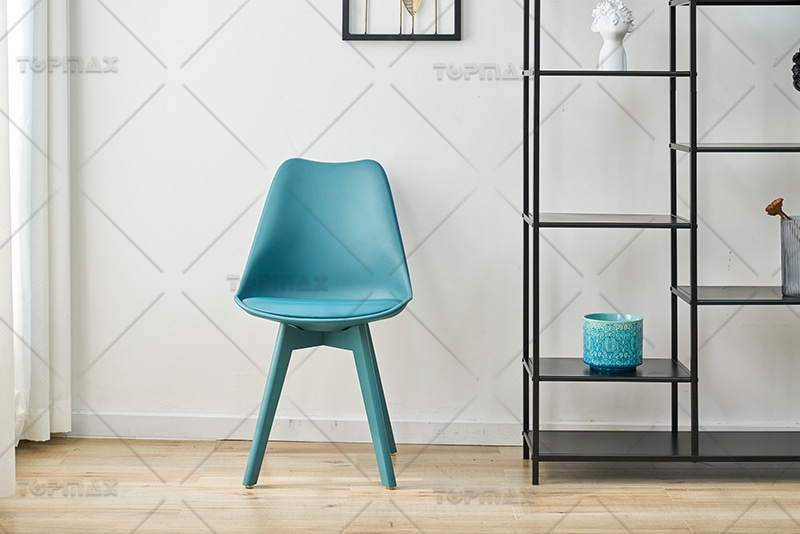
Influence on Global Design Movements
The tulip dining chair's influence can be seen in design movements around the world. In Scandinavian design, known for its simplicity and functionality, elements of the tulip chair's design, such as its clean lines and focus on ergonomics, have been incorporated into many furniture pieces. Similarly, in the minimalist design movement, which emphasizes simplicity and the elimination of unnecessary elements, the tulip chair serves as a model of good design. Its influence has transcended geographical boundaries, making it a truly global design icon.
The Tulip Dining Chair remains a testament to the power of visionary design. By challenging conventions, embracing technology, and prioritizing human needs, Saarinen’s masterpiece not only reshaped furniture design but also redefined how we interact with everyday objects. Its legacy lives on in the minimalist silhouettes, space-saving innovations, and material breakthroughs that define contemporary interiors.
As a cultural icon and a symbol of modernist design, the tulip dining chair continues to inspire designers, consumers, and design enthusiasts alike. Its legacy serves as a testament to the power of good design to transform our living spaces and enhance our quality of life. In an ever - evolving furniture industry, the tulip chair remains a timeless example of how innovation, creativity, and a commitment to excellence can result in a design that stands the test of time and continues to shape the future of modern furniture.
 Inquire Now
Inquire Now



 Home
Home Why Gray Dining Room Chairs Are the Smart Choice for Bulk Orders and Contract Projects
Why Gray Dining Room Chairs Are the Smart Choice for Bulk Orders and Contract Projects  You May Also Like
You May Also Like 

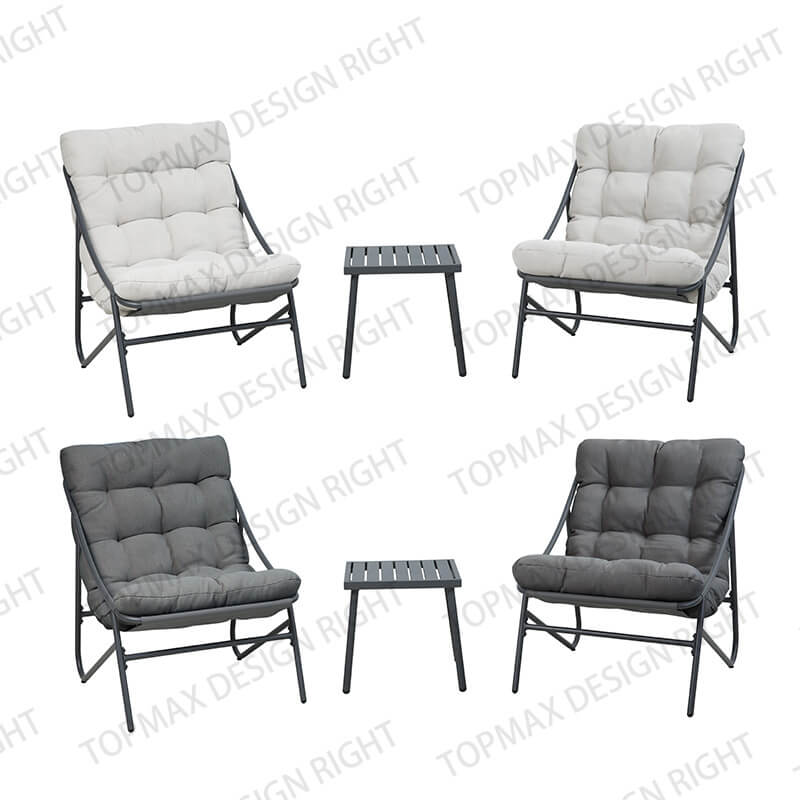
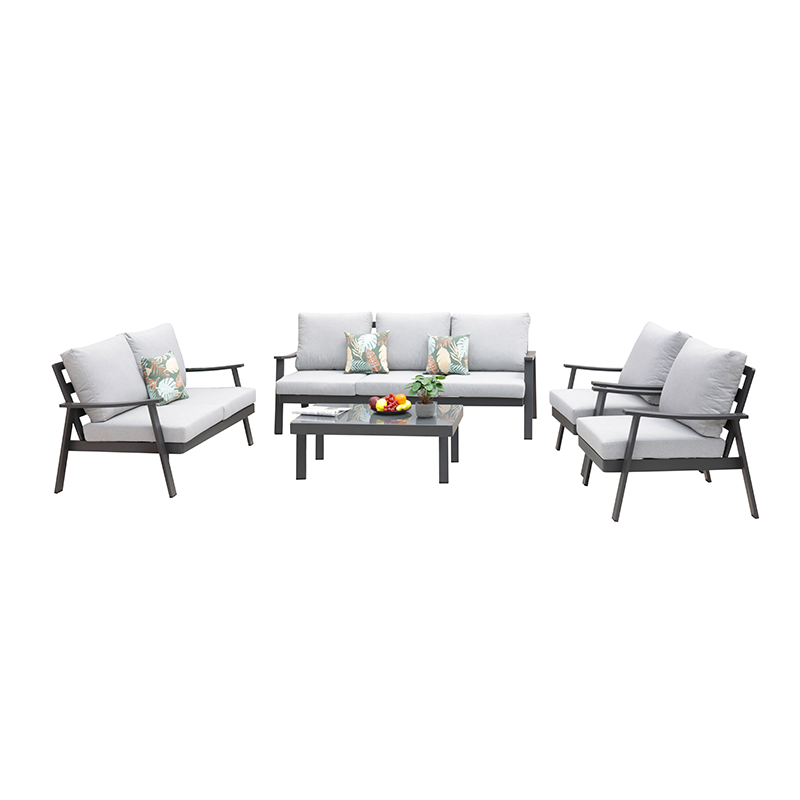

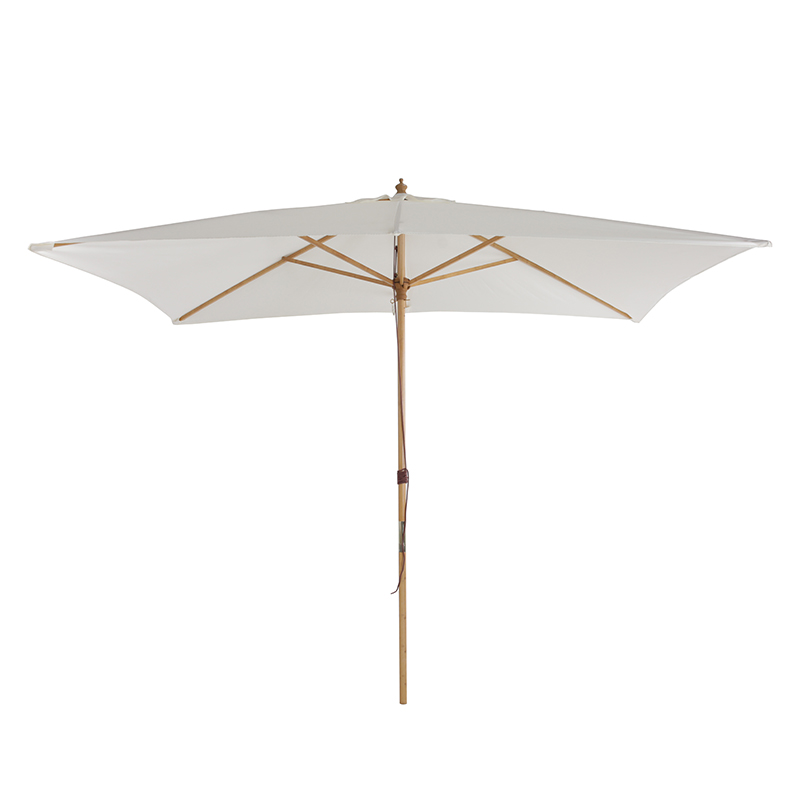
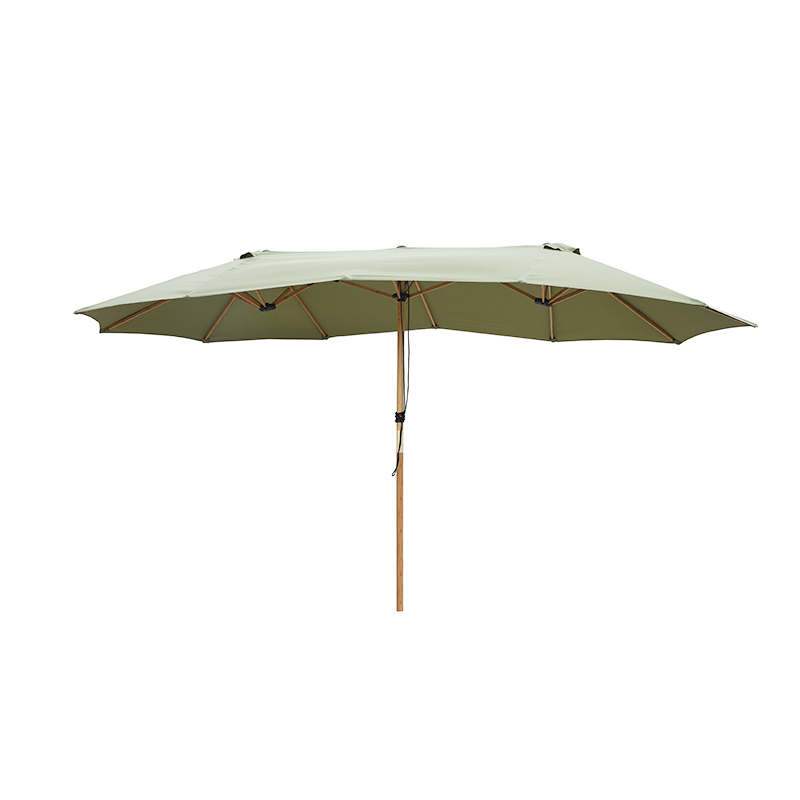

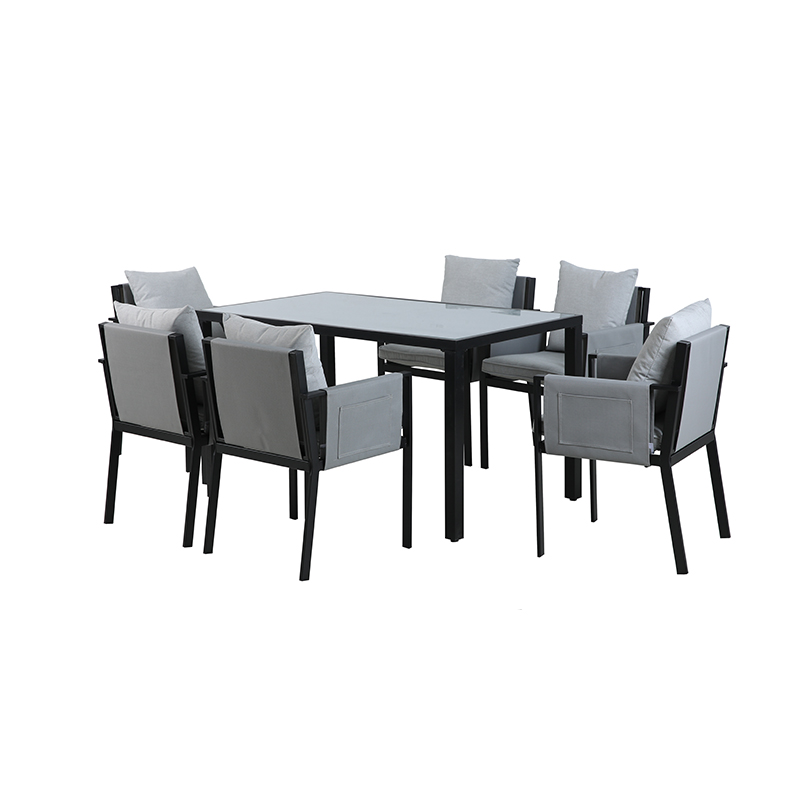
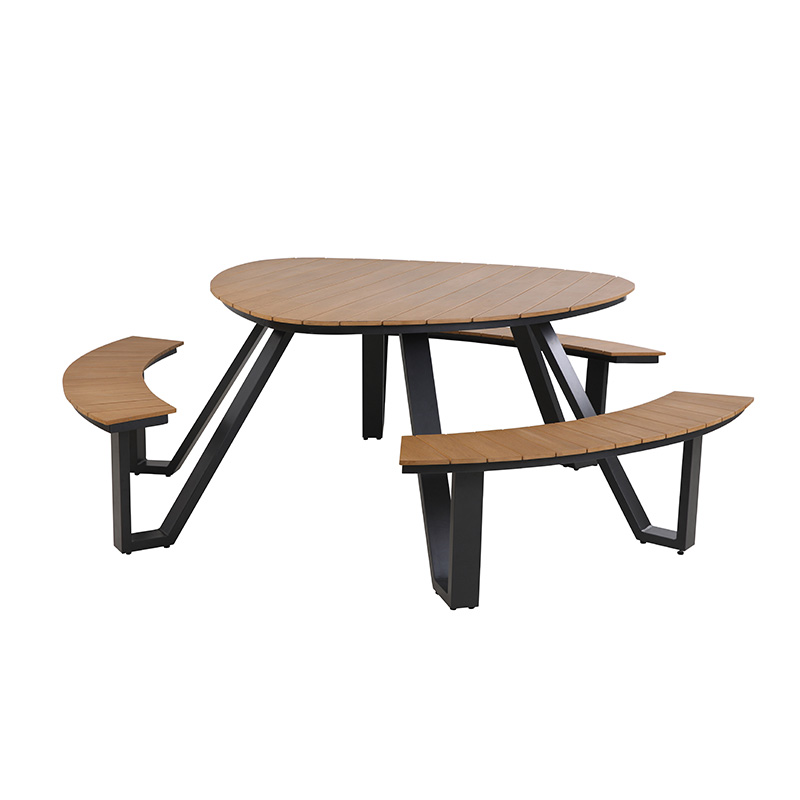
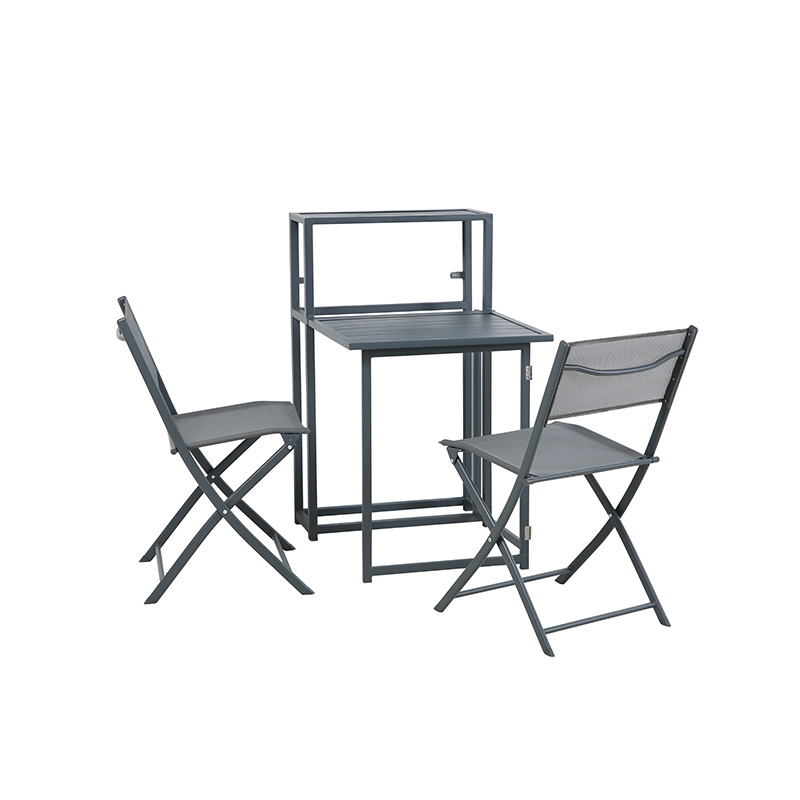
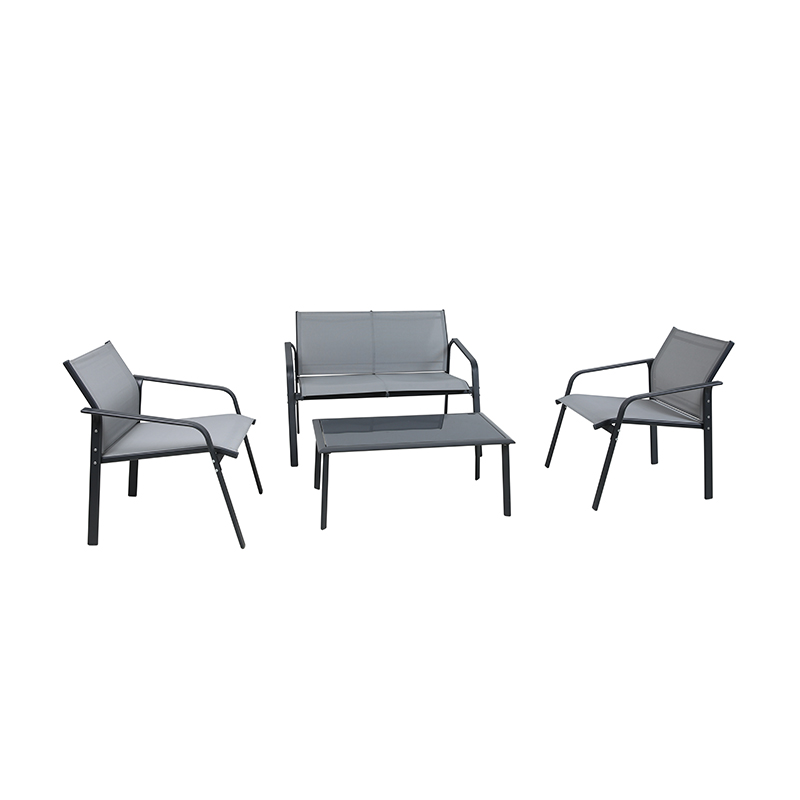
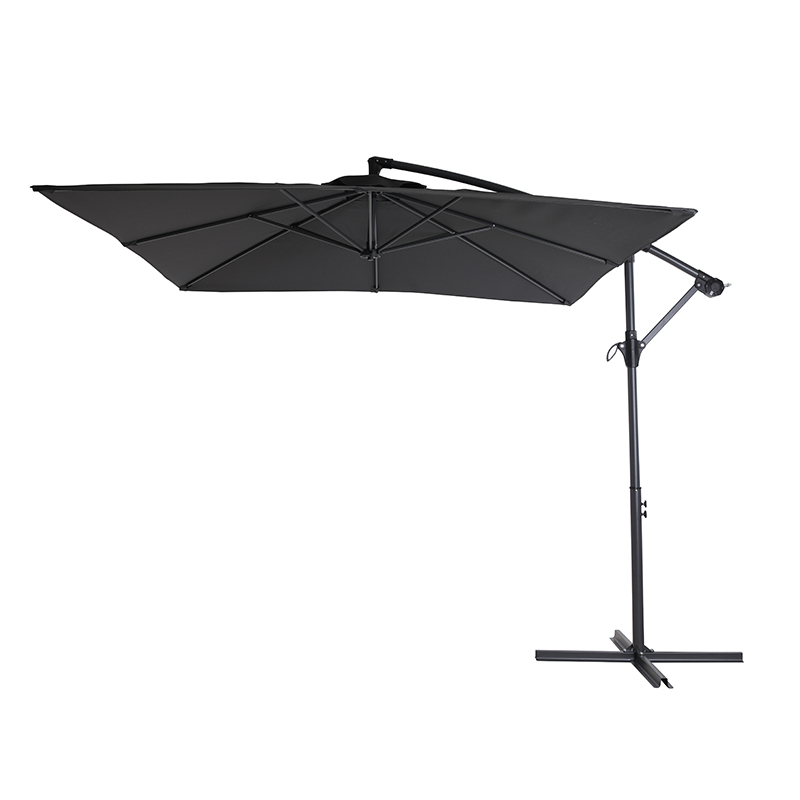
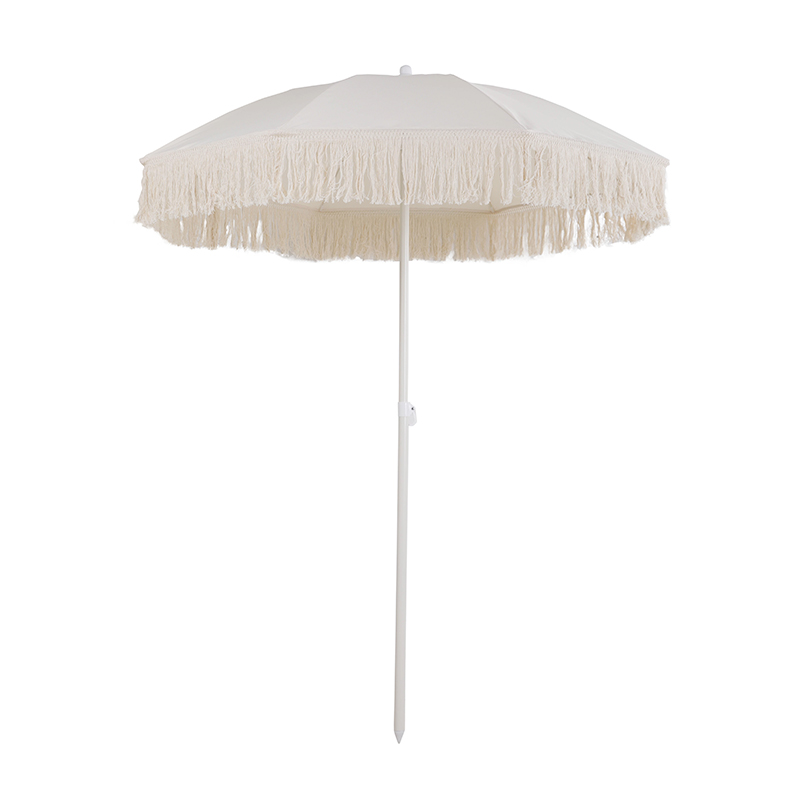

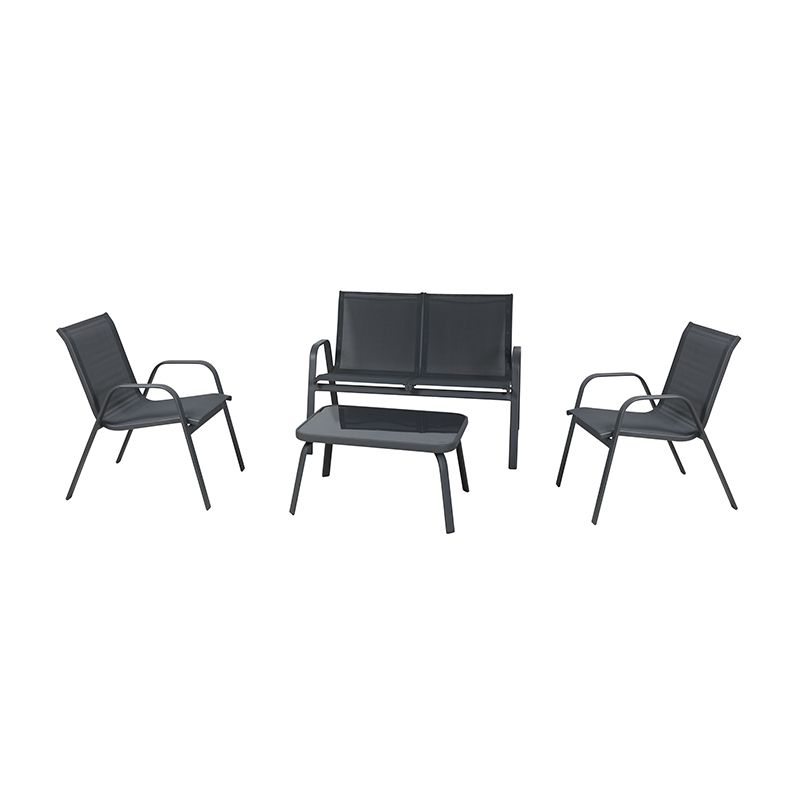



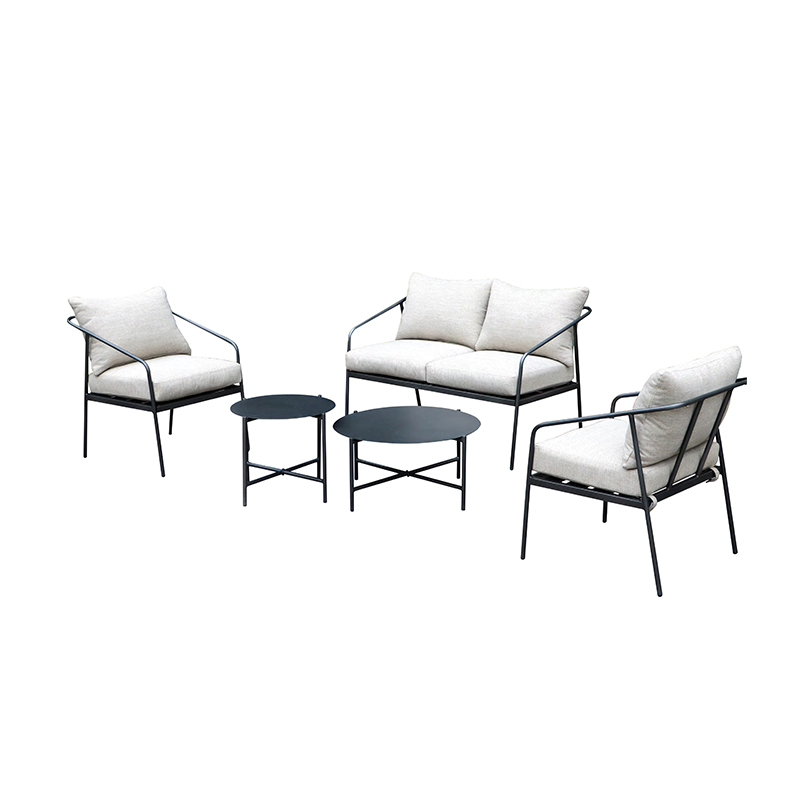
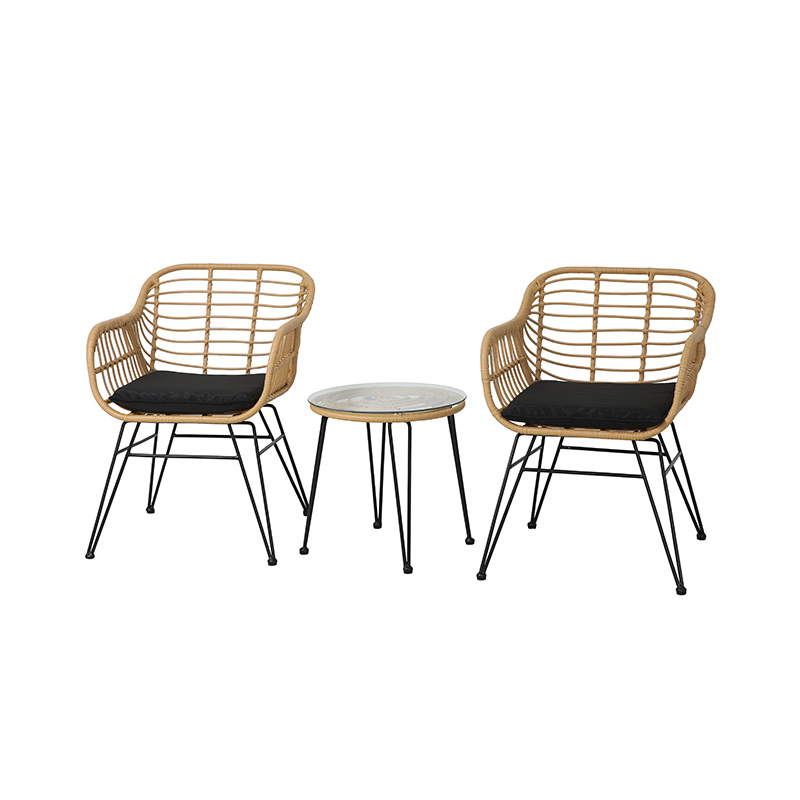

 Tel
Tel  Email
Email  ADDRESS
ADDRESS 














